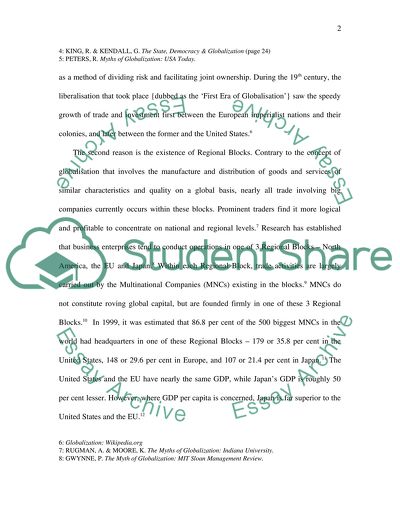Cite this document
(The Globalisation Myth Case Study Example | Topics and Well Written Essays - 3000 words, n.d.)
The Globalisation Myth Case Study Example | Topics and Well Written Essays - 3000 words. Retrieved from https://studentshare.org/macro-microeconomics/1543029-discuss-hirst-and-thompsons-view-that-globalization-as-conceived-by-the-more-extreme-globalizers-is-largely-a-myth
The Globalisation Myth Case Study Example | Topics and Well Written Essays - 3000 words. Retrieved from https://studentshare.org/macro-microeconomics/1543029-discuss-hirst-and-thompsons-view-that-globalization-as-conceived-by-the-more-extreme-globalizers-is-largely-a-myth
(The Globalisation Myth Case Study Example | Topics and Well Written Essays - 3000 Words)
The Globalisation Myth Case Study Example | Topics and Well Written Essays - 3000 Words. https://studentshare.org/macro-microeconomics/1543029-discuss-hirst-and-thompsons-view-that-globalization-as-conceived-by-the-more-extreme-globalizers-is-largely-a-myth.
The Globalisation Myth Case Study Example | Topics and Well Written Essays - 3000 Words. https://studentshare.org/macro-microeconomics/1543029-discuss-hirst-and-thompsons-view-that-globalization-as-conceived-by-the-more-extreme-globalizers-is-largely-a-myth.
“The Globalisation Myth Case Study Example | Topics and Well Written Essays - 3000 Words”. https://studentshare.org/macro-microeconomics/1543029-discuss-hirst-and-thompsons-view-that-globalization-as-conceived-by-the-more-extreme-globalizers-is-largely-a-myth.


